
Le tournage CNC est un processus dans lequel une machine à tour est utilisée pour façonner la matière première en un produit fini. La dernière technologie pour les pièces de tournage CNC implique l'utilisation de systèmes logiciels et matériels avancés qui permettent une production plus rapide, plus précise et plus efficace. Cette technologie comprend des systèmes de surveillance et de rétroaction en temps réel qui permettent aux opérateurs d'ajuster les paramètres d'usinage à la volée, ainsi que des solutions d'outillage et de tenue de travail de pointe qui améliorent la rigidité et réduisent les temps de configuration. De plus, l'intégration des systèmes d'automatisation et de robotique dans les opérations de tournage CNC devient de plus en plus courante, ce qui permet une productivité encore plus grande et des économies de coûts. Dans l'ensemble, la dernière technologie pour les pièces de tournage CNC révolutionne l'industrie manufacturière en améliorant la qualité, en réduisant les délais et en augmentant le débit.
Atteindre la précision avec les pièces de tournage CNC nécessite une combinaison de facteurs, y compris une technologie de machine avancée, un outillage de haute qualité et des opérateurs qualifiés. La clé de la précision réside dans une planification et une exécution minutieuses du processus d'usinage, en mettant l'accent sur l'optimisation des paramètres de coupe, la minimisation de l'usure des outils et la garantie d'une configuration et d'un alignement appropriés de la pièce. De plus, des mesures continues de surveillance et de contrôle de la qualité sont essentielles pour maintenir l'exactitude et la cohérence tout au long de la production. Avec les bons outils, techniques et expertise, le tournage CNC peut atteindre des niveaux élevés de précision et de précision dimensionnelle, même dans les pièces les plus complexes.
Dans le domaine de l'usinage à commande numérique par ordinateur (CNC), deux processus fondamentaux, le tournage et le fraisage, jouent un rôle central dans la formation des matières premières en composants de précision. Comprendre les principales différences entre le tournage et le fraisage CNC est crucial pour les fabricants et les ingénieurs qui souhaitent optimiser leurs processus d'usinage et obtenir des résultats supérieurs. Dans cet article, nous explorons les caractéristiques distinctives du tournage et du fraisage CNC, en éclairant leurs applications, leurs techniques et leurs avantages.
Tournage CNC: Le tournage est un processus d'usinage principalement utilisé pour les composants cylindriques. PendantUsinage cnc en acier inoxydable, Une pièce tourne sur une broche et un outil de coupe traverse l'axe de la rotation pour façonner le matériau. Ce processus est idéal pour créer des pièces telles que des arbres, des broches et des surfaces cylindriques.
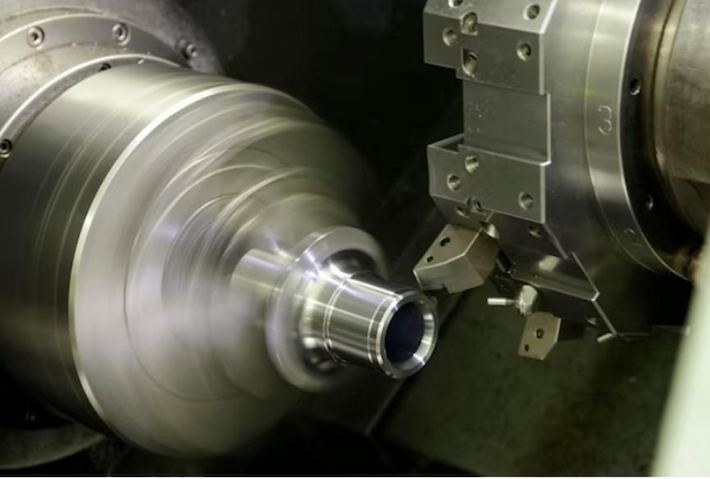
Fraisage CNC: Le fraisage, en revanche, implique l'enlèvement de matière d'une pièce à l'aide de couteaux rotatifs. La pièce reste stationnaire, tandis que l'outil de la fraiseuse se déplace le long de plusieurs axes pour créer des formes, des fentes et des trous complexes. Le fraisage CNC est polyvalent et applicable à une large gamme de géométries.

Tournage CNC: les machines de tournage, également appelées tours, ont une orientation horizontale ou verticale. La pièce est serrée sur la broche, qui tourne, permettant à l'outil de coupe de se déplacer parallèlement à l'axe de rotation.
Fraisage CNC: Les fraiseuses peuvent avoir des orientations de broche verticales ou horizontales. Dans le fraisage vertical, la broche est orientée verticalement, tandis que dans le fraisage horizontal, la broche est positionnée horizontalement. Cette distinction permet différentes approches de coupe.
Tournage CNC: les outils de tournage sont généralement des outils à un seul point qui coupent le matériau lorsque la pièce tourne. L'outil se déplace radialement et axialement pour façonner la pièce.
Fraisage CNC: Les outils de fraisage sont généralement des outils multipoints et le processus d'usinage implique à la fois des mouvements rotatifs et linéaires. Le fraisage permet l'utilisation de moulins d'extrémité, de moulins à face et de diverses géométries d'outils pour obtenir des résultats spécifiques.
Tournage CNC: le tournage est le mieux adapté pour les pièces symétriques avec symétrie de rotation. Il excelle dans la création de caractéristiques telles que des rainures, des rétrécies et des contours sur des surfaces cylindriques. Les applications courantes incluent la production de composants cylindriques tels que des coussinets, des arbres et des brides.
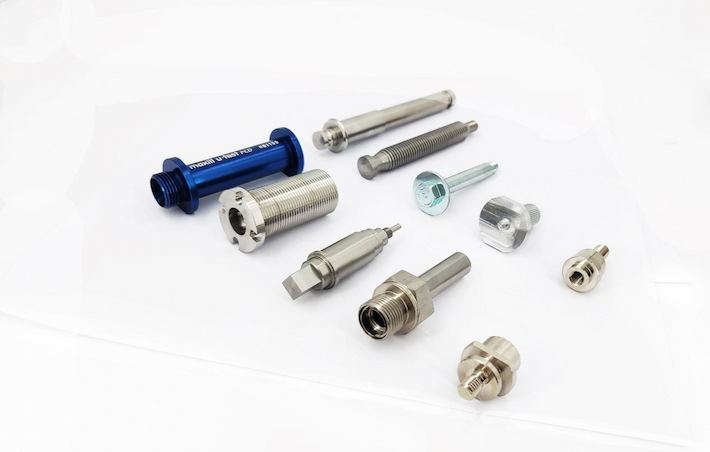
Fraisage CNC: Le fraisage est habile à produire une grande variété de formes, y compris des poches, des fentes et des contours tridimensionnels complexes. Cette polyvalence rend le fraisage approprié pour les composants complexes. Le fraisage convient à une plus large gamme d'applications, y compris la création de composants complexes pour les industries aérospatiale, automobile et médicale.

En conclusion, le tournage et le fraisage CNC sont des processus d'usinage distincts, chacun avec son propre ensemble d'avantages et d'applications. Le choix entre le tournage et le fraisage dépend de facteurs tels que la géométrie souhaitée, le matériau et les exigences du projet. En comprenant les différences entre le tournage et le fraisage, le choix de la méthode d'usinage appropriée peut entraîner la production de produits de haute qualité.
Dans le domaine de l'usinage CNC, le HHC (dét)) s'impose comme le premier choix pour le tournage de tours CNC, offrant une expertise inégalée et des solutions personnalisées. Voici les principales raisons pour lesquelles la sélection du HHC est une décision stratégique:
En tant que professionnelUsine de pièces de haute précision, HHC excelle dans le développement de moules personnalisés et la conception de solutions sur mesure, fournissant des solutions de fabrication personnalisées. Notre expertise réside dans la création de moules sur mesure, assurant la précision et l'unicité des composants adaptés aux besoins spécifiques de votre projet.
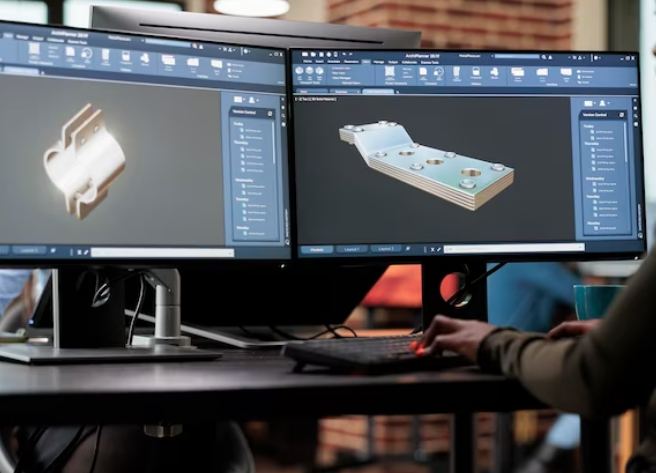
Chez HHC, la qualité est notre pierre angulaire. Adhérant aux normes internationales telles que ISO9001, IATF16949 et ISO13485, etc. Nous garantissons l'excellence dans chaque produit. Nos processus rigoureux de contrôle de la qualité garantissent que chaque composant non seulement répond mais dépasse les attentes des clients, établissant la confiance et la fiabilité.
HHC possède un parc industriel auto-construit, intégrant verticalement notre chaîne de production pour un avantage de coût distinct. Nos processus de production efficaces et l'intégration verticale améliorent la productivité, nous permettant de répondre à votre budget de coûts sans compromettre la qualité.
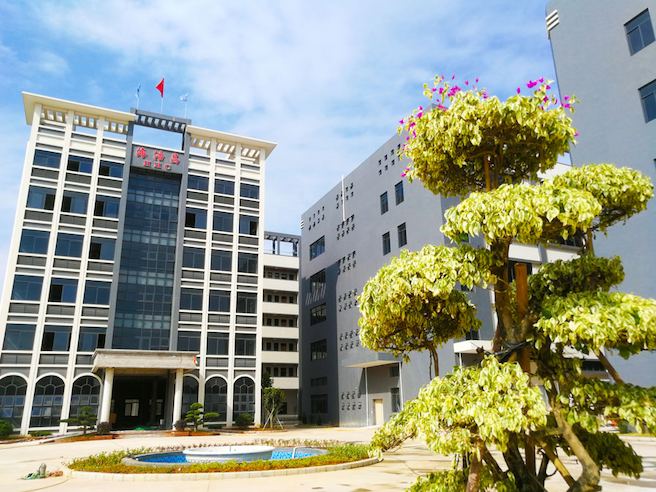
En conclusion, HHC CNC Lathing Turning offre plus qu'un usinage de précision; il fournit un partenariat enraciné dans l'innovation, la fiabilité et la rentabilité. Choisissez HHC pour un parcours collaboratif qui fusionne l'excellence personnalisée avec une qualité inégalée, le tout en optimisant les coûts.
Dans le monde de l'usinage de précision, le tournage CNC est un processus polyvalent réputé pour sa capacité à fabriquer diverses formes avec précision et efficacité. Voici une exploration concise des formes que le tournage CNC peut produire:
Le tournage CNC excelle dans la fabrication de formes cylindriques, ce qui le rend idéal pour la production de composants tels que des arbres, des broches et des coussinets. Le processus assure l'uniformité et la précision dans les profils cylindriques.
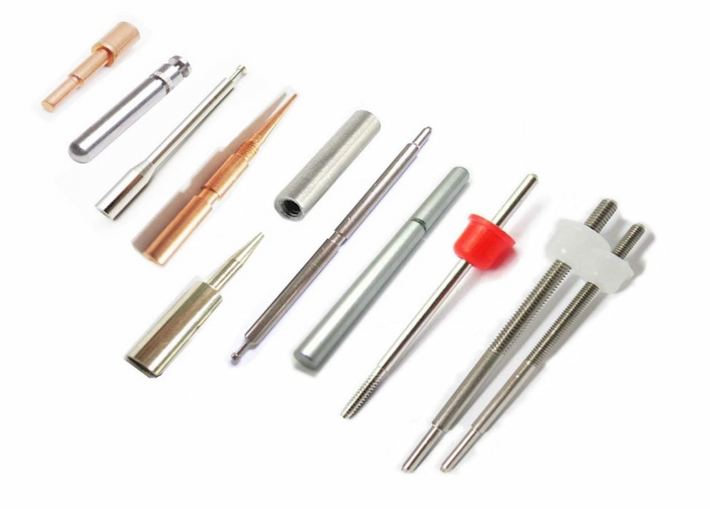
Le tournage CNC est compétent pour créer des bandes et des formes coniques. Cette capacité est précieuse pour les applications où les pièces nécessitent une réduction ou une expansion progressive du diamètre.
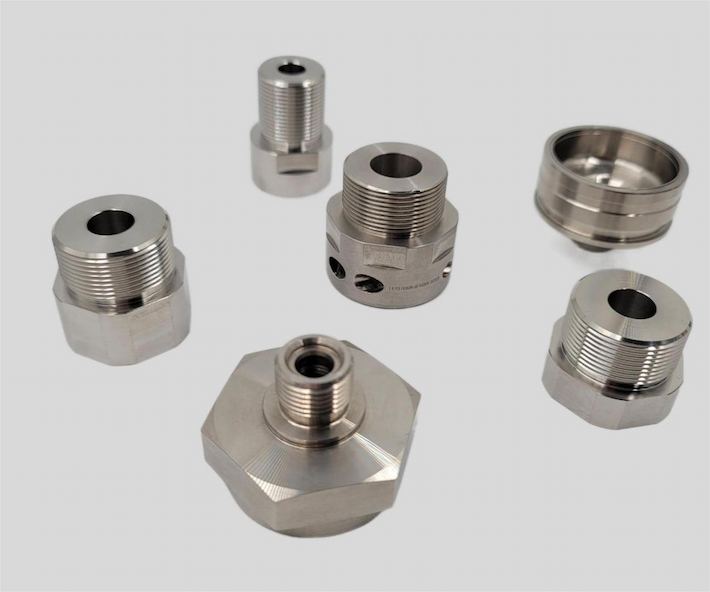
Le processus est habile à former des rainures et des contours complexes sur des surfaces cylindriques. Cela rend le tournage CNC adapté aux composants avec des caractéristiques détaillées, améliorant à la fois la fonctionnalité et l'esthétique.

Bien que principalement associé aux formes cylindriques, le tournage CNC peut également être utilisé pour produire des composants sphériques. Cette polyvalence étend la gamme des formes réalisables.

Le tournage CNC peut gérer des géométries complexes, y compris des formes avec des diamètres variables et des détails complexes. Cela en fait un processus précieux pour la fabrication de composants divers et personnalisés.

En conclusion, le tournage CNC ne se limite pas à des formes spécifiques; son adaptabilité permet la création d'un large éventail de composants, allant de simples formes cylindriques à des géométries complexes et complexes. La précision et l'efficacité de la rotation CNC en font un choix privilégié pour façonner diverses pièces dans le réel.


